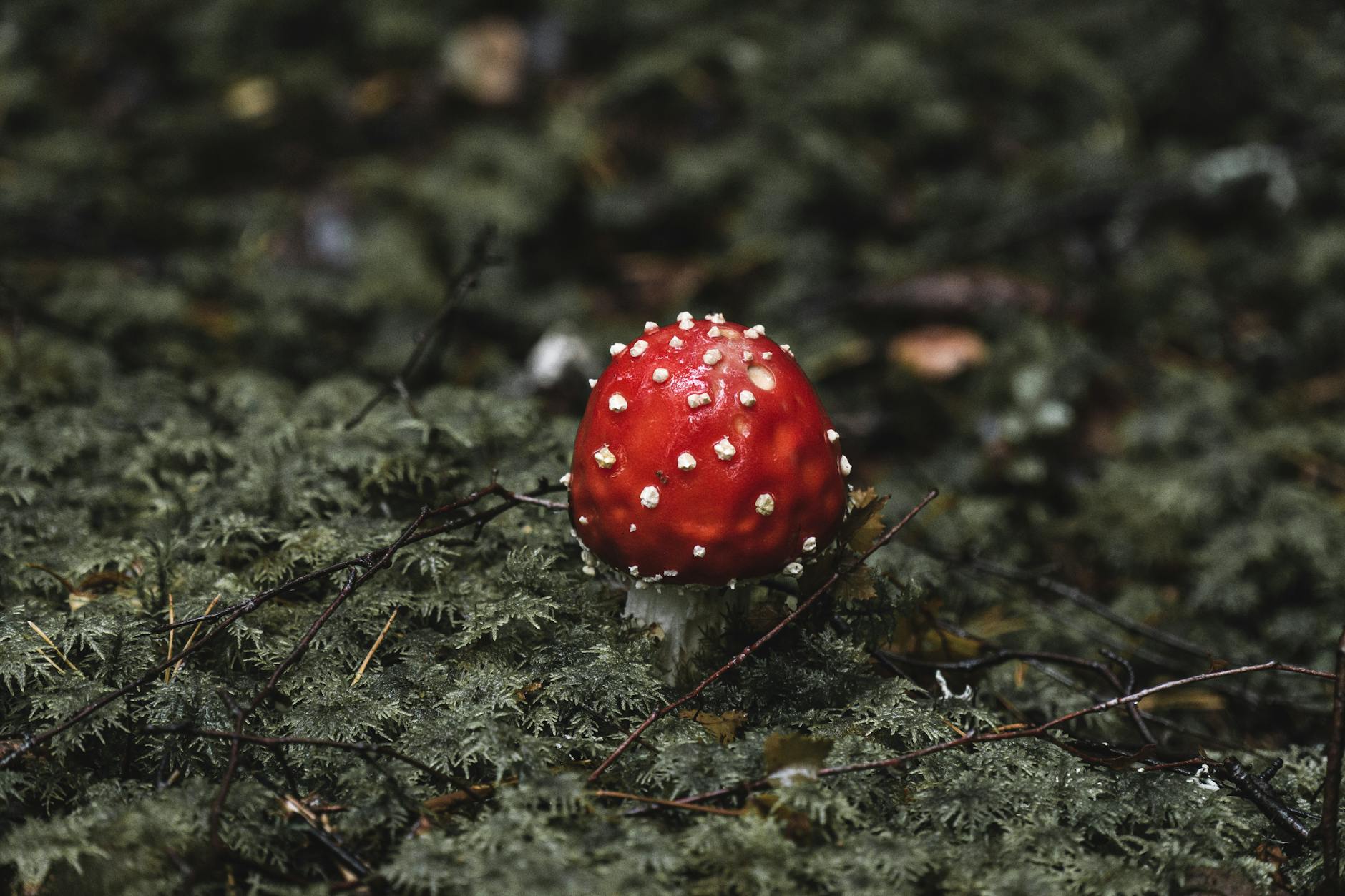Unveiling the Dangers of Poisonous Mushrooms and Vital Safety Measures For Foraging
Foraging for mushrooms in the wild can be a rewarding and enjoyable activity for nature enthusiasts and food lovers alike. The thrill of finding unique specimens and incorporating them into culinary delights can be an exciting experience. However, amidst the abundant variety of mushrooms that nature offers, there lurks a hidden danger – poisonous mushrooms. These toxic fungi can pose serious health risks if consumed, making it crucial for foragers to be well-informed about identifying safe mushrooms and following essential safety tips to avoid potential harm.
Understanding the Risks: Identifying Poisonous Mushrooms
The first and most crucial step in safe mushroom foraging is to learn how to distinguish between edible and poisonous varieties. There are thousands of mushroom species, and while many are safe to eat and even delicious, some can be highly toxic. Common poisonous mushrooms include the Death Cap, Destroying Angel, and various species of Amanita. These toxic mushrooms often closely mimic edible varieties, making accurate identification essential.
Safety Tips for Foraging:
1. Research and Education: Before venturing into mushroom foraging, educate yourself about the local mushroom species, particularly the toxic ones prevalent in your region. Invest in reliable field guides, attend workshops, or join foraging groups led by experienced mycologists to deepen your knowledge.
2. Know the Difference: Pay close attention to the distinguishing features of mushrooms, such as the shape, color, gills, and spore print. Certain characteristics, like a ring or cup around the stem, can signal toxicity in mushrooms.
3. Avoid Guesswork: If you are unsure about the identification of a mushroom, do not take the risk of consuming it. Remember the golden rule of foraging: when in doubt, throw it out.
4. Start Small: Begin your foraging journey by familiarizing yourself with a few easily identifiable and safe mushroom species before moving on to more challenging varieties. Practice caution and patience as you build your expertise.
5. Inspect Thoroughly: Examine each mushroom carefully, from top to bottom. Look for signs of decay, insect infestations, or any unusual characteristics that may indicate toxicity.
6. Consult Experts: If you are uncertain about a particular mushroom, seek guidance from experienced foragers, mycologists, or local mushroom enthusiasts. Many communities have mushroom clubs that offer valuable insights and support to newcomers.
7. Cook Thoroughly: Even safe edible mushrooms should always be cooked properly to eliminate any potential toxins and enhance their flavors. Avoid consuming raw mushrooms, especially if you are unsure of their safety.
Conclusion: Staying Safe in the Enchanting World of Mushrooms
Mushroom foraging can be a delightful and enriching experience, allowing you to connect with nature and savor the bounty it provides. By following essential safety tips, educating yourself about mushroom identification, and exercising caution in your foraging expeditions, you can enjoy the rewards of this ancient practice without risking your well-being. Remember that the thrill of discovering a rare mushroom should always be accompanied by the responsibility of ensuring its safety. Happy foraging and safe mushroom hunting!


